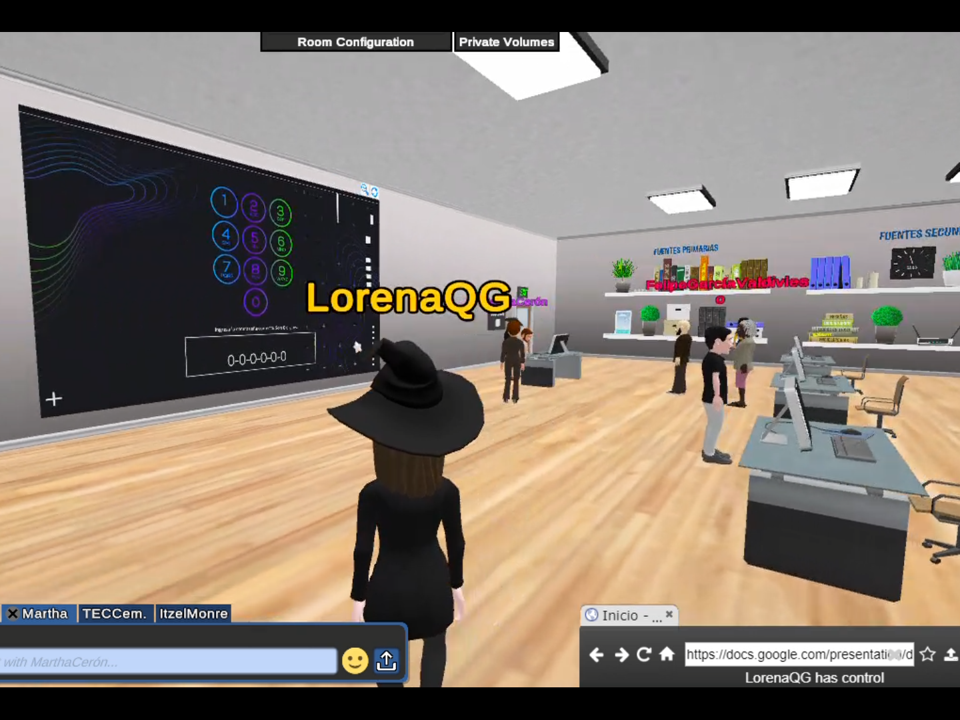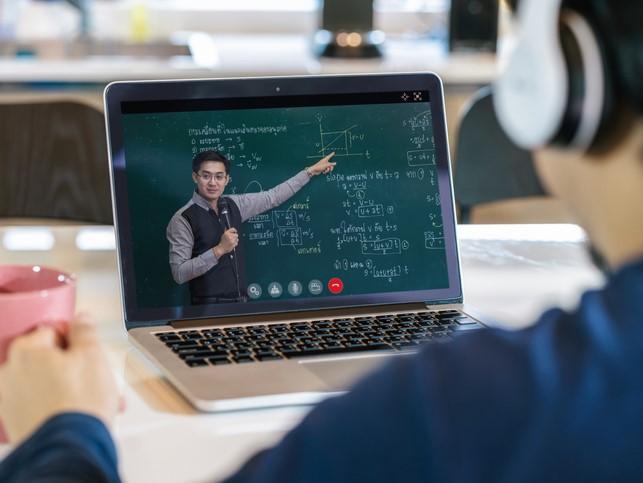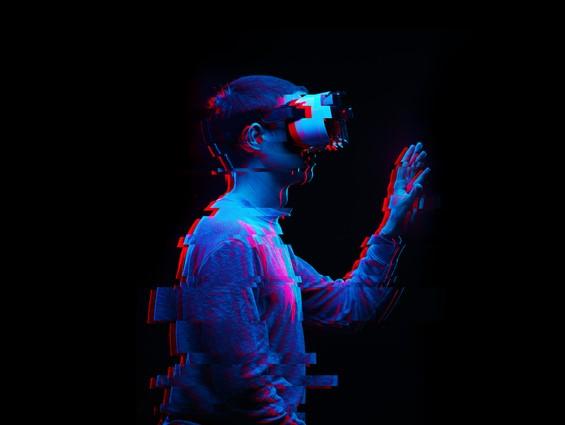Education provides a huge array of opportunities to engage students through game-based learning. Here at Monterrey Institute of Technology a group of us (academic librarians and education specialists) developed a digital learning experience aimed at helping students develop greater information literacy, which in turn would help with critical thinking, collaboration and understanding of cyberculture. This would be achieved by having students solve puzzle-like challenges related to techniques for identifying and evaluating reliable information, all in a virtual environment. We hoped that providing a memorable experience would engage students and result in their almost inadvertently discovering/appreciating the value of the library and its resources.
The activity, named “BeLIEvers: Is everything real?”, took place within our university’s educational metaverse, known as the “virtual campus” and hosted on the platform Virbela. Over one week, 15 synchronous sessions were carried out with teams of 10 students (plus a member of staff acting as a “game master”). There were three sessions every day with each one lasting 60 minutes. In total, 150 students registered for the activity.
- Should we be worried? An educators’ introduction to the metaverse
- Immersive tech in teaching and learning: first steps into the metaverse
- The metaverse is much more than a virtual copy of your campus
The experience was based on an imagined world where fake and viral news online comes true, and information literacy is key to beating misinformation and stopping its negative effects. Participants work together to “save the world”.
To inspire students to learn while having fun, we used essential library tools as the basis for three digital challenges. To get a crucial password for passing the first challenge, students had to master the different types of information source (primary, secondary and tertiary) to determine relevance and validity. In the second challenge, they had to identify fake news using evaluation criteria and decipher a colour-coded pattern. Finally, they found themselves in a library, where they had to use search strategies to locate trustworthy sources on the library’s web portal to find three lost books that helped them escape.
Informed by our experience above, we’d like to share the following advice that may be helpful for those thinking about taking the leap into the metaverse for educational purposes, whether you’re using a third-party platform or building your own virtual environment from scratch.
Start with a tutorial level
Typically, the first stage of games serves as an introduction where you can build your character and receive a basic outline of the gameplay elements. You should provide students with enough time to customise their avatars, as well as a place to meet, plan their teamwork strategy, practise basic movement and experiment with communication tools. This will often take the form of a “waiting room” where both new and experienced players can get used to the technology.
Consider a game master
Virtual environments are often quite user friendly, but you may still want to guide your students through the world and direct them towards the resources they will need to develop key competences. As such, a “game master” can be quite helpful – think of this role as something of a virtual mentor in the mould of Obi-Wan Kenobi or Gandalf. It can be performed by either a virtual companion or a real subject expert who can respond to queries, offer hints and guidance, record sessions and assess performance and behaviour.
Go from storytelling to storyliving
The ability to fully immerse in the metaverse depends on good stories. “Storyliving” refers to experiencing a story as a participant rather than simply reading about or watching it from the outside, and for students to achieve this you need to set memorable and actionable goals for them to reach. Create the foundation for the entire experience by first conceptualising the virtual world as a narrative.
Power up learners
While we create the experiences, it’s the students who make them come to life. Therefore, try to empower students with flexible activities that let them form their own communities or teams without having to adhere to rigid rules for interaction. They will likely develop their own customs and meanings over time, from a victory dance to a unique vocabulary to describe the world. Keeping a record of the terms and rituals that students adopt may be helpful.
Don’t forget to evaluate
The effectiveness of the learning experience can be assessed using an evaluation strategy. Be sure to specify key performance and behaviour indicators that you can share at the end as good moves, achievements, highlights and feedback. After the activity, conduct interviews with the students to discover more about what they learned and how well the virtual dynamics worked.
While we wait for the metaverse to take its final form, which is likely to take years, hopefully these ideas can help form the basis of your own project. Also in the meantime, it’s essential to keep an eye on the best aspects of video games, virtual worlds, additional media and technology to help inform distinctive learning experiences.
José Vladimir Burgos Aguilar is national director of libraries, Lorena Guadalupe Rodríguez Leal is library learning and experience leader, and Lorena Quilantán García is learning solutions design leader, all at Monterrey Institute of Technology, Mexico.
If you would like advice and insight from academics and university staff delivered direct to your inbox each week, sign up for the Campus newsletter.




comment